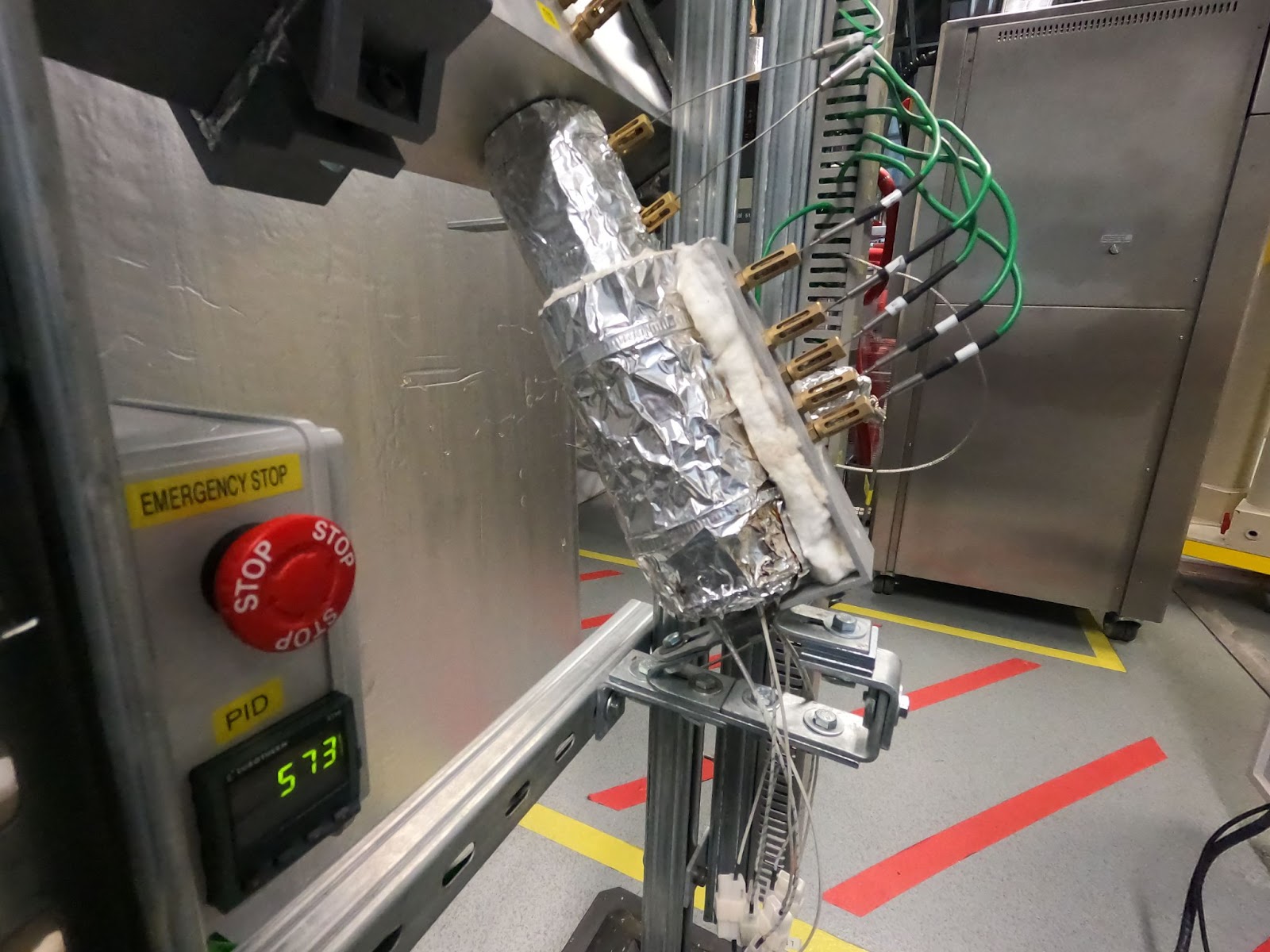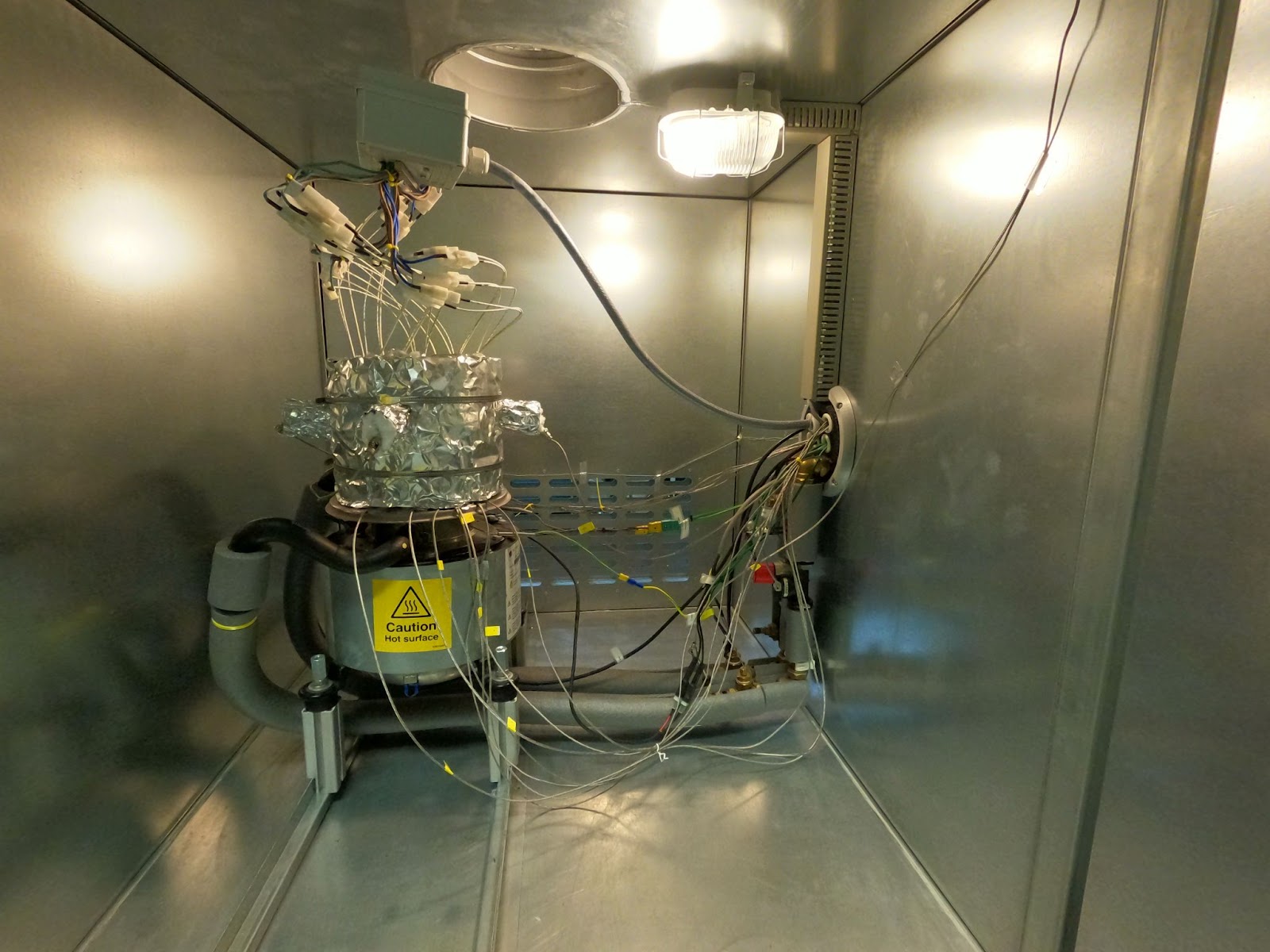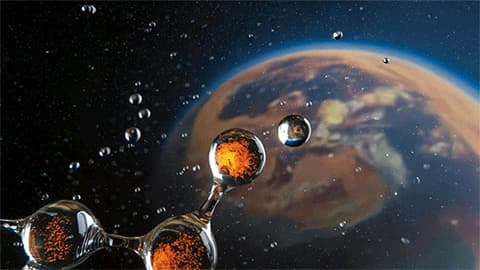In my doctoral thesis, I included research on an integrated compact energy storage system. My system store heat using innovative high-temperature energy storage and on-demand transports this heat using sodium heat pipes to the Stirling Engine to produce electricity and heat domestic hot water. The proposed integrated system allows for storage in the form of high-temperature heat of electricity taken from the grid during the night off-peak time or excess energy from renewable sources during the day. Using the proposed solution at home reduces the peak demand for heat and electricity and increases the efficiency of electricity generation by a Stirling engine. During my PhD project, I designed and built bespoke multi-system test rigs for testing high-temperature heat pipes and Stirling engines in various conditions. I also developed an innovative compact high-temperature thermal energy storage to integrate all elements of the proposed system.
What challenges do you face during your research?
The biggest challenges in my PhD project were caused by the high temperatures (up to 800 C) I worked with and, thus, the significant complexity of the components and systems that I had to design and build to carry out the necessary research. Fortunately, I could rely on help and support from Loughborough University and industrial partners I work with, such as Rosenberg Ventilatoren GmbH and TranstermHP LTD.
In my current research, I am working with PCM’s that have a very high heat capacity per unit volume, but at this same time, their low thermal conductivity makes it difficult to transfer heat from and to the system. So I am trying to find the design, technology and materials to overcome this disadvantage by increasing the heat exchange efficiency.
Another part of my work is research into thermochemical heat storage materials and systems. In such systems, heat is stored by physically separating two chemicals which, when recombined, release significant amounts of heat. Thermochemical energy storage has a chance to become a solution that will allow us to heat our homes in the winter with the heat that will be collected and stored in the summer. The biggest problem in this part of my work is finding suitable materials that will not degrade during multiple charging and discharging operations.
How can these solutions be implemented in Poland?
Applying my research in Poland may be even easier than, for example, in the United Kingdom because traditional domestic heat storage water tanks in central heating systems that we are trying to replace are bulky.
The use of PCM-based storage systems reduces heat losses by increasing the amount of stored heat per volume unit due to the increased heat capacity during the phase transition (solid to liquid and vice versa). The modular systems based on PCM’s designed, fabricated and tested in my department are much smaller than traditional water tanks, have lower heat losses and are much easier to integrate with heating systems in homes. However, such systems allow for the effective storage of heat for up to several days.
In order to enable interseasonal energy storage (heat from the summer stored to be used in the winter), it is necessary to either significantly increase the scale of the storage system or change the method.
Extensive research on large-volume thermal energy storage systems is currently being carried out around the world, including at my university. Such solutions are more useful for district heating systems which are much more common in Poland than in the UK. In such heating systems, heat from various sources, such as solar collectors, waste heat from industrial processes, biomass combustion, etc., is stored in large-volume tanks to support peaks in heat demand in local CHP plants.
Thermochemical energy storage systems, although perfect for long-term heat storage, are not yet sufficiently developed to enable its economic use on a larger scale, but work is in progress.
What does the future of energy storage look like?
The future of energy storage systems is very optimistic because storage will be crucial with the increase in the share of renewable sources in total energy production. The most important thing is choosing the right solution and technology for the problem. We will need different heat storage solutions depending on the required temperature, capacity, storage time, and reaction speed. It is worth noting that a lot of research and development work in this area is currently being carried out. Marketing should be separated from technical data here because, unfortunately, some of the solutions advertised as game changers, which we can read about outside strictly scientific publications, are a bit too optimistic, especially in terms of economic application on a larger scale.



